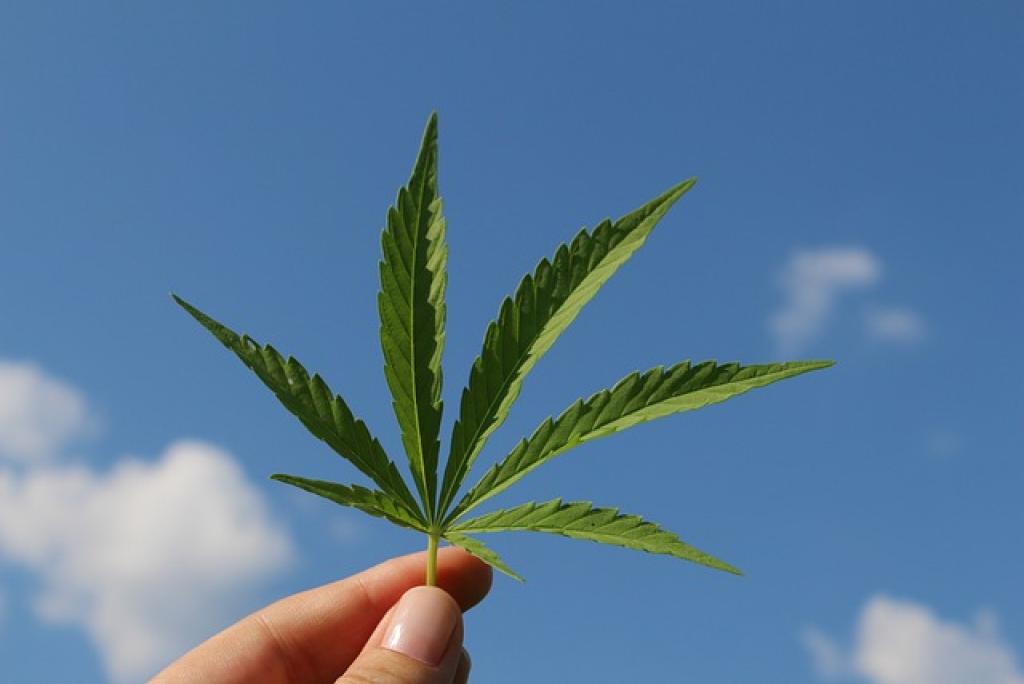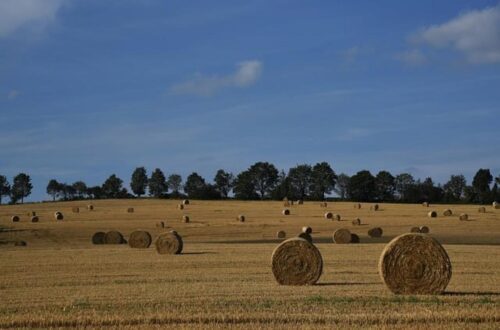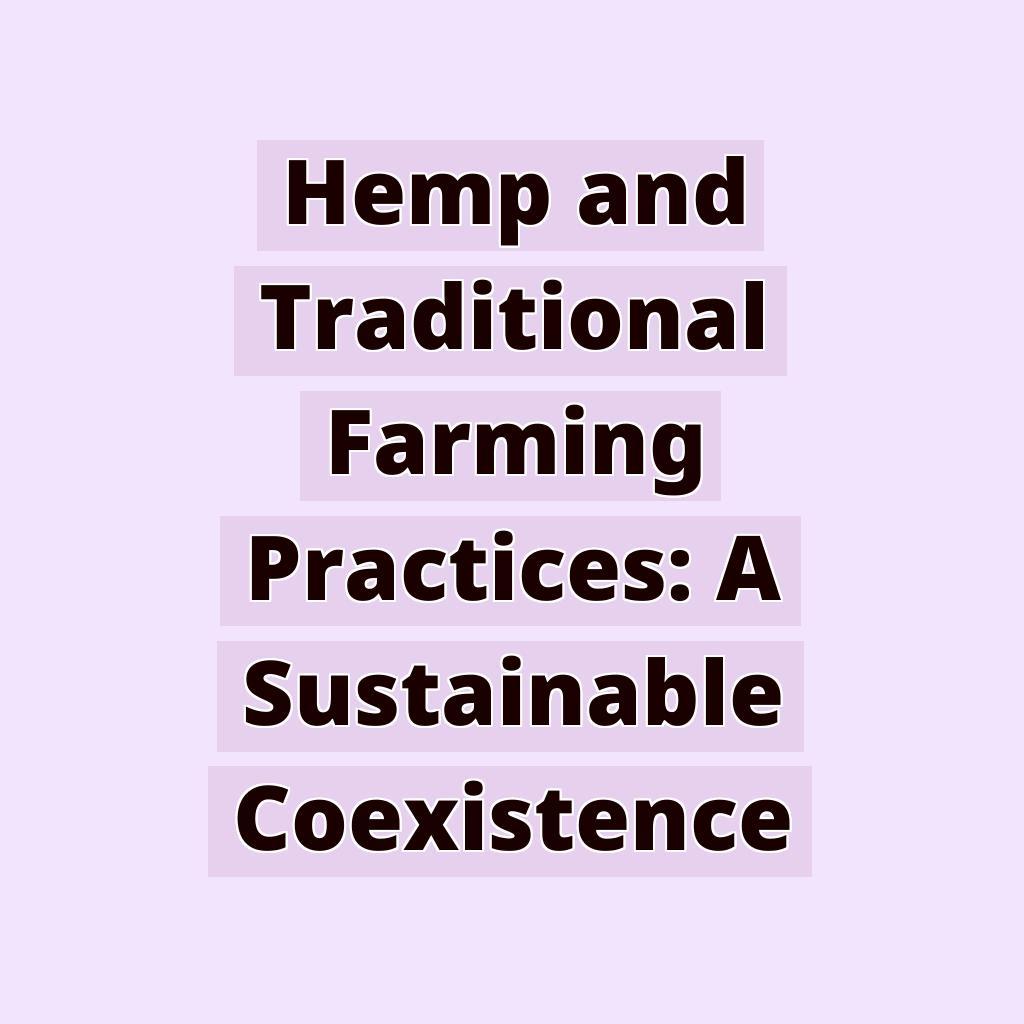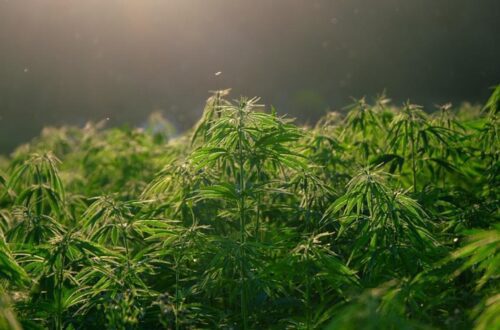Imagine diving into a field where the soil pulses with potential and the crop you plant is not just versatile but lucratively rewarding. Welcome to the world of hemp farming!
Hemp is emerging as a super crop with its uses spanning from wellness products to eco-friendly materials. But how does one turn this green gold into a profitable venture?
It all starts with thorough research and smart planning. Hemp farming isn’t just about planting seeds; it’s about understanding market demands, regulatory landscapes, and cultivating practices.
In this blog post, we’ll explore key steps to help you navigate this exciting journey. Whether you’re a seasoned farmer looking for a new opportunity or a newcomer wanting to cash in on the hemp boom, these insights will set you on the path to a thriving hemp enterprise.
Understanding the Hemp Farming Industry
Before planting, it’s crucial to get a grip on the hemp industry. Hemp, often confused with its psychoactive cousin marijuana, is a different breed. Its low THC levels make it perfect for industrial uses.
The Multifaceted Nature of Hemp
This wonder plant is incredibly versatile. From textiles and biodegradable plastics to CBD oils and nutritious seeds, hemp has multiple marketable byproducts. This multifaceted nature can significantly impact your profit margins.
Hemp farming is largely influenced by regulatory environments. Different countries and even states within the same country have varied rules about growing, processing, and selling hemp. It’s essential to be informed about local regulations to avoid pitfalls and ensure your business is above board.
Market Trends and Consumer Demand
Pay close attention to market trends. CBD products are booming, but so are sustainable alternatives in packaging, textiles, and construction. Understanding what’s hot can help you decide which segment of the hemp industry to focus on.
Lastly, connecting with industry experts and joining hemp farming communities can provide valuable insights and updates. As with any rapidly growing field, staying informed and adaptable can pave the way for a fruitful hemp farming venture.
Choosing the Right Location for Your Hemp Farm
So, you’re ready to dive into hemp farming. First things first, you need a prime spot for your farm. The location can make or break your success, so it’s worth spending some time to find the perfect place.
Soil Quality and Climate
Hemp is a hardy plant, but like any crop, it thrives in certain conditions. The soil needs to be well-drained and rich in organic matter. A pH level between 6 and 7.5 is generally ideal. Additionally, hemp loves sunshine. Your farm should be in a location that gets ample sunlight throughout the year.
Water availability is another key factor. While hemp doesn’t require tons of water, a consistent supply is necessary, especially during the seedling and vegetative stages. Make sure your location has a reliable water source.
Accessibility and Infrastructure
Think about accessibility. You’ll need to transport your hemp to processing facilities and eventually to market. Proximity to good roads and major highways can save you a lot of hassle and money.
Check the local infrastructure as well. Access to electricity, storage facilities, and even internet can play a crucial role in the efficiency of your farming operations.
Lastly, don’t forget about local regulations and zoning laws. Not all regions are hemp-friendly, and you’ll want to ensure you’re compliant with all local laws to avoid legal hurdles down the road.
In the end, choosing the right location involves balancing these factors to find a spot where your hemp farm can flourish. Take the time to research and consider all these elements, and you’ll set yourself up for a thriving, successful venture.
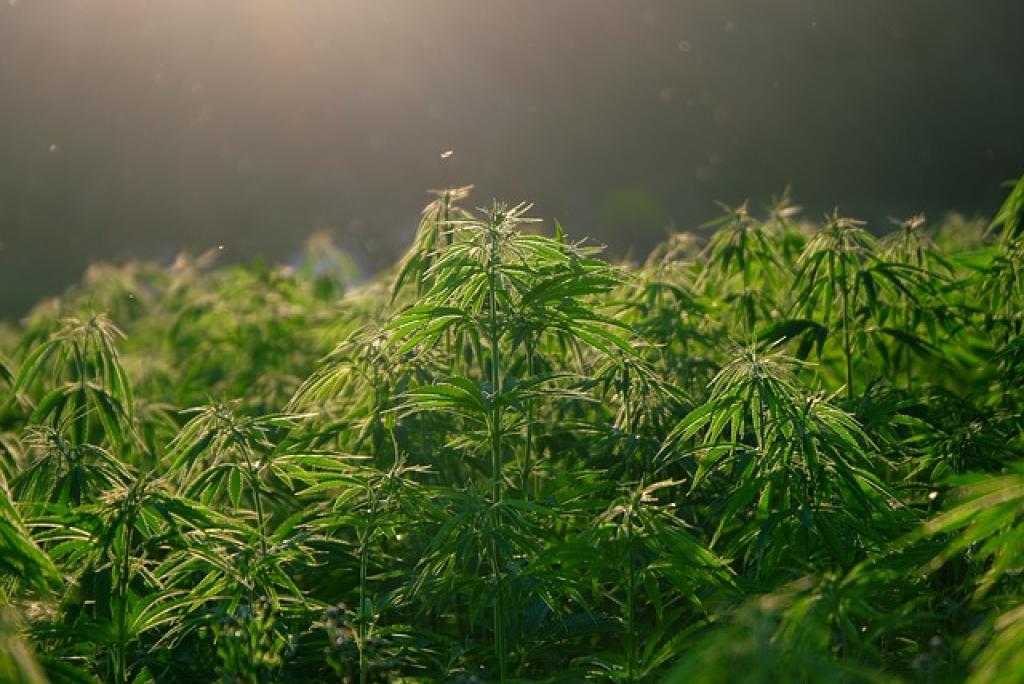
Obtaining Necessary Licenses and Permits
Alright, you’ve found the perfect location for your hemp farm. Now comes the paperwork, and trust me, this step is crucial. Without the right licenses and permits, your hemp farming dreams can come to an abrupt halt.
First, you’ll need to check your state and local regulations. Each state has its own set of rules regarding hemp cultivation. Some states might require a specific type of permit, while others might have different procedures for licensing. It’s important to thoroughly understand the requirements in your area.
Once you’ve done your homework on regulations, start the application process. This usually involves filling out forms and providing detailed information about your farming plans, such as the types of hemp you intend to grow and how you plan to manage the crop. You might also need to submit to background checks, as some regions have stringent criteria to ensure responsible farming practices.
Expect to pay fees for these licenses and permits. The cost can vary greatly depending on the location and specific requirements, so it’s a good idea to budget for these expenses ahead of time.
Keep in mind that getting licensed isn’t a one-time deal. Most permits need to be renewed periodically, sometimes annually. Stay on top of renewal deadlines to avoid any interruptions in your farming operations.
Investing in Quality Equipment and Seeds
Now that your licenses and permits are in order, it’s time to talk equipment and seeds—two critical pieces of the hemp farming puzzle.
First things first: you need reliable farming equipment. This includes basic tools like plows and seeders, as well as more specialized machinery depending on the scale of your operation. Whether you’re going for a small family-run farm or something more extensive, investing in quality gear can make all the difference.
Don’t forget about irrigation systems. A consistent water supply is essential for hemp growth, so consider installing efficient watering systems, like drip irrigation, to ensure your crops stay hydrated without wasting resources.
Next up, seeds. Choosing high-quality hemp seeds lays a strong foundation for your entire crop. Look for seeds that are specifically bred for the type of hemp you want to grow—whether it’s for fiber, seeds, or CBD production. Reputable suppliers will offer detailed information about their seeds, including germination rates and growing conditions.
Although quality equipment and seeds might come with a higher price tag, think of them as investments in your farm’s future. Good gear can last years and make day-to-day farming operations smoother. Likewise, robust seeds can lead to healthier plants and, ultimately, a more bountiful harvest.
So, while it might be tempting to cut costs initially, remember that investing in quality will pay off in the long run. Your future self—and your hemp farm—will thank you.
Implementing Effective Pest and Disease Management Strategies
You’ve nailed down your equipment and seeds, so now it’s time to ensure your budding hemp farm stays healthy. Enter pest and disease management, a crucial step that can save your crops from potential devastation.
First, get to know the common pests and diseases that affect hemp. From aphids to root rot, identifying these threats early can help you act swiftly. For pests, consider using natural predators like ladybugs, which can control aphid populations without harmful chemicals.
For diseases, it’s all about prevention. Proper crop rotation and adequate spacing can reduce the risk of fungal infections. Keep your soil healthy with organic matter and avoid overwatering, which can create an environment ripe for disease.
Integrated Pest Management (IPM)
One popular strategy is Integrated Pest Management (IPM), which uses a combination of biological, cultural, and mechanical methods to control pests. This holistic approach minimizes the use of chemical pesticides, benefiting both your crops and the environment.
Another tip: Regularly inspect your plants. Early detection allows for targeted treatments, meaning you can address small problems before they escalate into large-scale issues. Keep records of any pests or diseases you encounter and the steps you took. This information can help you refine your strategies year after year.
Ultimately, a proactive approach to pest and disease management ensures that your hemp plants remain robust and productive. With thoughtful planning and a bit of vigilance, your crops will have a strong chance to thrive.
Ensuring Proper Harvesting and Storage Techniques
Harvesting your hemp crops at the right time is essential for getting the best quality and yield. Timing is key, as harvesting too early can affect the potency and overall quality of your hemp. Wait until around 60-70% of the tiny hair-like trichomes have turned from milky white to amber. This is usually a good indicator that your plants are ready.
When it comes time to harvest, use sharp, clean tools to cut the plants. Being gentle helps prevent any unnecessary damage to the precious flowers and leaves. Spread your harvest over a few days if needed to avoid rushing and ensure you’re getting the best quality plants.
Drying and Curing
Once harvested, the next step is drying your hemp. This should be done in a well-ventilated area with controlled humidity and temperature. Hang your plants upside down in a dark room for about 7-10 days, checking them periodically for any signs of mold or mildew.
After drying, comes the curing process, which further enhances the quality of your hemp. Place the dried flowers in airtight containers, opening them for a few minutes each day to release moisture. This slow curing process, often lasting a few weeks, helps improve the flavor and potency of your hemp.
Storage Tips
Proper storage is crucial to maintain the integrity of your hemp. Store the fully cured product in airtight containers in a cool, dark place to preserve its quality. UV light and heat can degrade the hemp’s cannabinoids and terpenes, so avoid exposing your storage containers to light and high temperatures.
By following these harvesting and storage practices, you’ll ensure that your hemp remains fresh, potent, and ready for use. Consistent care during these final stages will pay off, giving you a top-quality product for either personal use or the marketplace.
Conclusion: Maximizing Profitability and Sustainability
As we’ve explored, growing hemp successfully involves a mix of careful planning, diligent maintenance, and wise post-harvest practices. By choosing the right seeds and soil, ensuring proper watering and nutrition, and vigilantly managing pests, we set a strong foundation for a thriving crop. But the journey doesn’t end there.
Harvesting at the appropriate time and following precise drying, curing, and storage methods are just as crucial. These steps lock in the quality and potency of your hemp, which directly impacts its market value and usability.
Balancing profitability with sustainability is key. Hemp, known for its environmental benefits, can be grown in a way that promotes soil health and reduces chemical use. Adopting organic practices and implementing crop rotation can significantly enhance both your yields and your contribution to the environment.
Coupled with this, diversifying the use of hemp—whether for fibers, seeds, or CBD—can open various revenue streams, ensuring that you are not solely dependent on one market segment. It also spreads out financial risk and maximizes the use of your crop.
Incorporating technology and staying informed about industry trends can also boost profitability. Advanced tools for cultivation, monitoring, and even marketing can streamline operations and increase your market reach.
In summary, by focusing on both the economic and ecological aspects of hemp farming, you can create a sustainable and profitable venture. This holistic approach not only benefits you but also supports the wider goal of environmental sustainability. Here’s to a successful and rewarding hemp farming journey!

